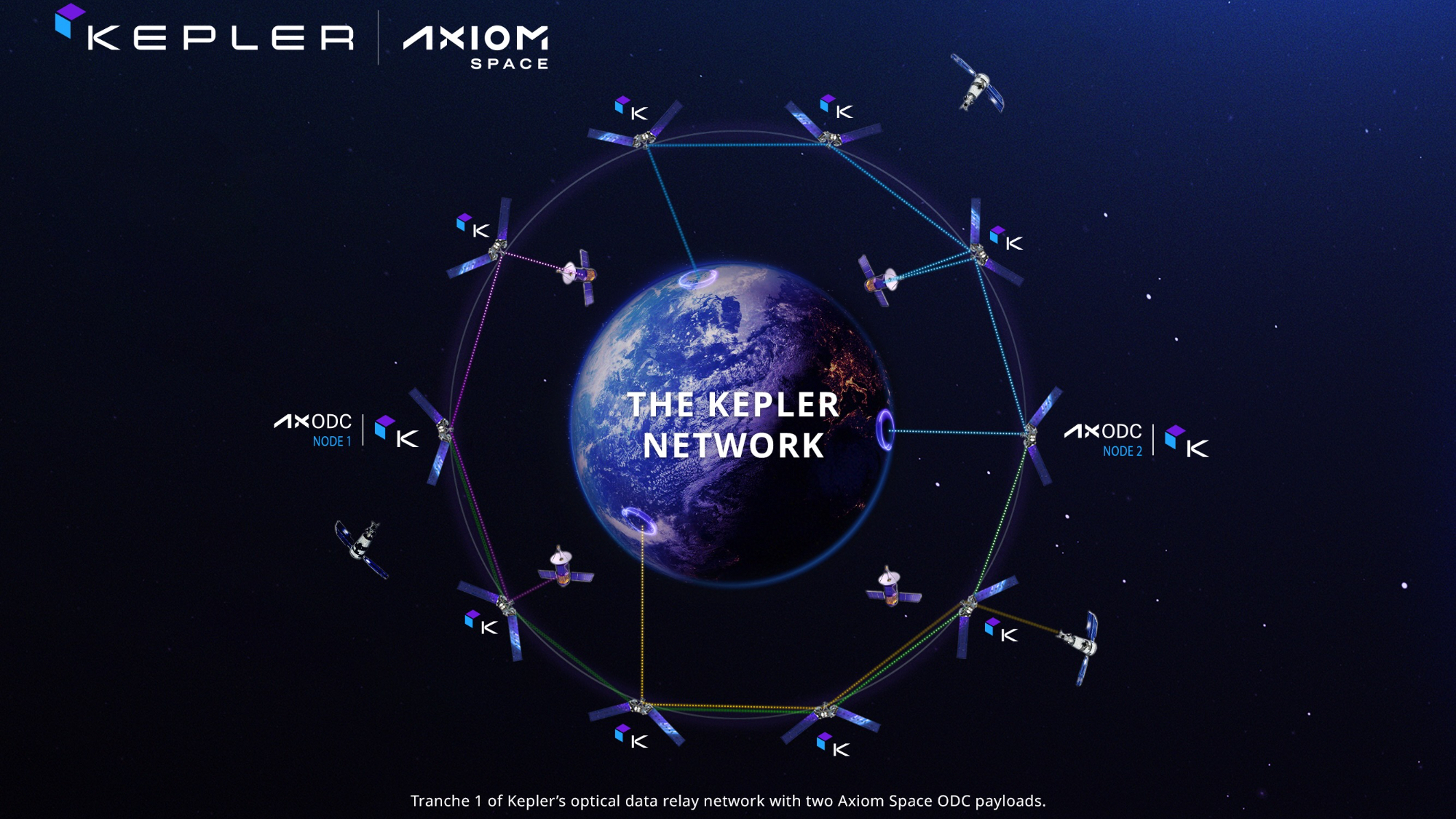Scientists just broke the record for the coldest temperature ever recorded in a lab
Scientists just broke the record for the coldest temperature ever recorded in a lab

Scientists just broke the record for the coldest temperature ever measured in a lab: They achieved the bone-chilling temperature of 38 trillionths of a degree above -273.15 Celsius by dropping magnetized gas 393 feet (120 meters) down a tower.
The team of German researchers was investigating the quantum properties of a so-called fifth state of matter: Bose-Einstein condensate (BEC), a derivative of gas that exists only under ultra-cold conditions. While in the BEC phase, matter itself begins to behave like one large atom, making it an especially appealing subject for quantum physicists who are interested in the mechanics of subatomic particles.
Related: 10 science records broken in 2020
Temperature is a measure of molecular vibration — the more a collection of molecules moves, the higher the collective temperature. Absolute zero, then, is the point at which all molecular motion stops — minus 459.67 degrees Fahrenheit, or minus 273.15 degrees C. Scientists have even developed a special scale for extremely cold temperatures, called the Kelvin scale, where zero Kelvin corresponds to absolute zero.
Near absolute zero, some weird things start to happen. For example, light becomes a liquid that can literally be poured into a container, according to research published in 2017 in the journal Nature Physics. Supercooled helium stops experiencing friction at very low temperatures, according to a study published in 2017 in the journal Nature Communications. And in NASA's Cold Atom Lab, researchers have even witnessed atoms existing in two places at once.
In this record-breaking experiment, scientists trapped a cloud of around 100,000 gaseous rubidium atoms in a magnetic field inside a vacuum chamber. Then, they cooled the chamber way down, to around 2 billionths of a degree Celsius above absolute zero, which would have been a world record in itself, according to NewAtlas.
But this wasn't quite frigid enough for the researchers, who wanted to push the limits of physics; to get even colder, they needed to mimic deep-space conditions. So the team took their setup to the European Space Agency's Bremen drop tower, a microgravity research center at the University of Bremen in Germany. By dropping the vacuum chamber into a free fall while switching the magnetic field on and off rapidly, allowing the BEC to float uninhibited by gravity, they slowed the rubidium atoms' molecular motion to almost nothing. The resulting BEC stayed at 38 picokelvins - 38 trillionths of a Kelvin - for about 2 seconds, setting "an absolute minus record", the team reported Aug. 30 in the journal Physical Review Letters. The previous record of 36 millionths of a Kelvin, was achieved by scientists at the National Institute of Standards and Technology (NIST) in Boulder, Colorado with specialized lasers.
Get the Space.com Newsletter
Breaking space news, the latest updates on rocket launches, skywatching events and more!
The coldest known natural place in the universe is the Boomerang Nebula, which lies in the Centaurus constellation, about 5,000 light years from Earth. Its average temperature is -272 C (about 1 Kelvin) according to the European Space Agency. ]
The researchers of the new study said in a statement that, theoretically, they could sustain this temperature for as long as 17 seconds under truly weightless conditions, like in space. Ultra cold temperatures may one day help scientists build better quantum computers, according to researchers at MIT.
Originally published on Live Science.
Join our Space Forums to keep talking space on the latest missions, night sky and more! And if you have a news tip, correction or comment, let us know at: community@space.com.

Joanna Thompson is a science journalist and runner based in New York. She holds a B.S. in Zoology and a B.A. in Creative Writing from North Carolina State University, as well as a Master's in Science Journalism from NYU's Science, Health and Environmental Reporting Program. Find more of her work in Scientific American, The Daily Beast, Atlas Obscura or Audubon Magazine.










